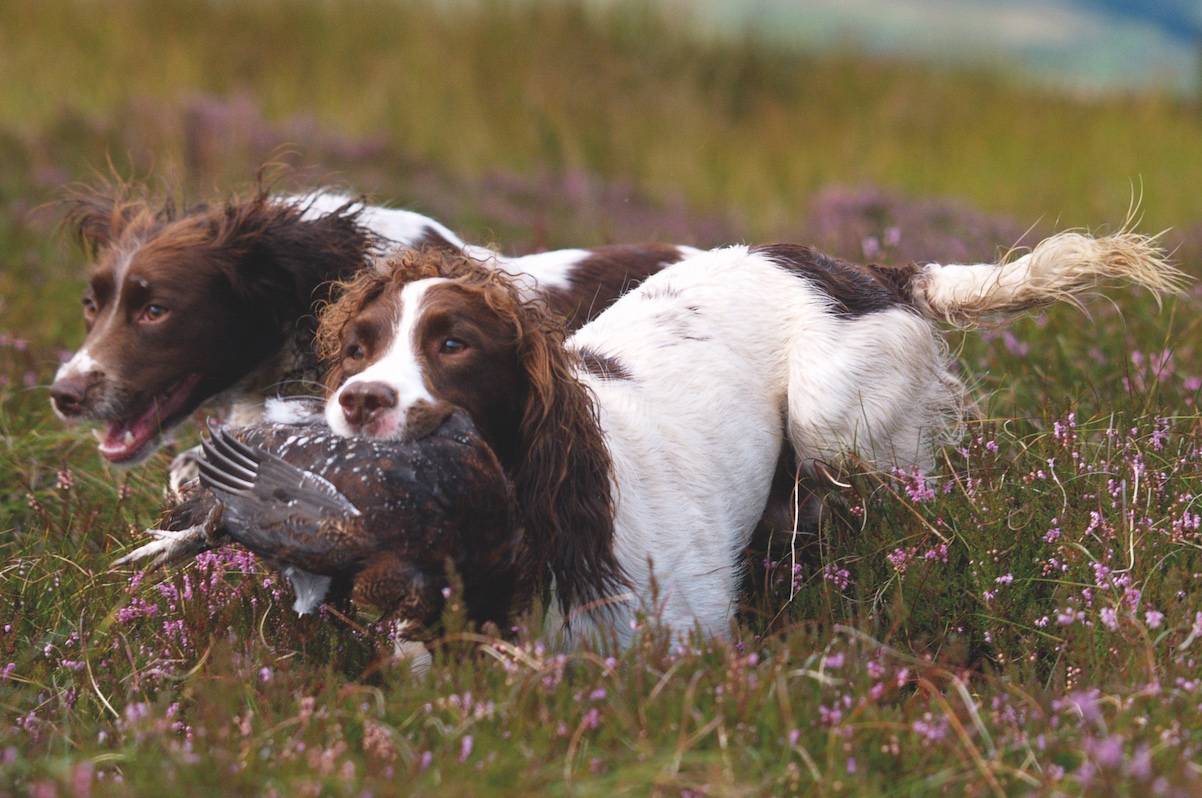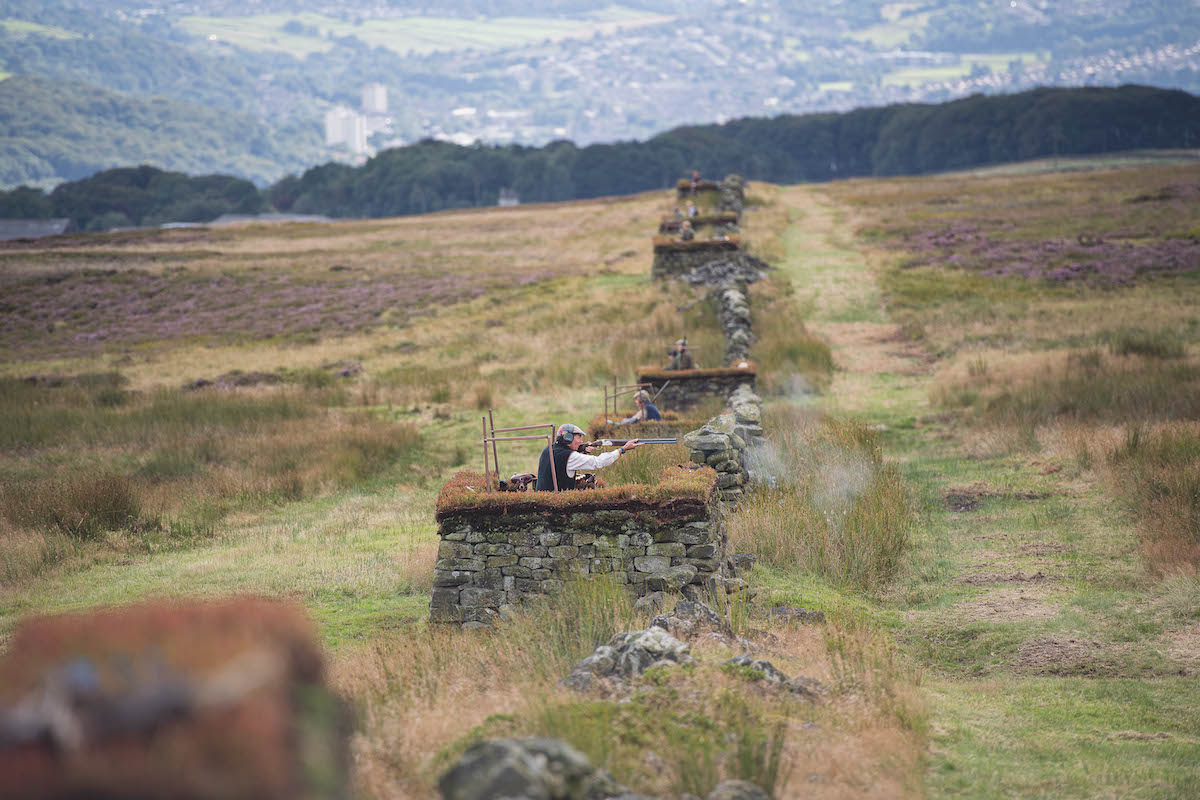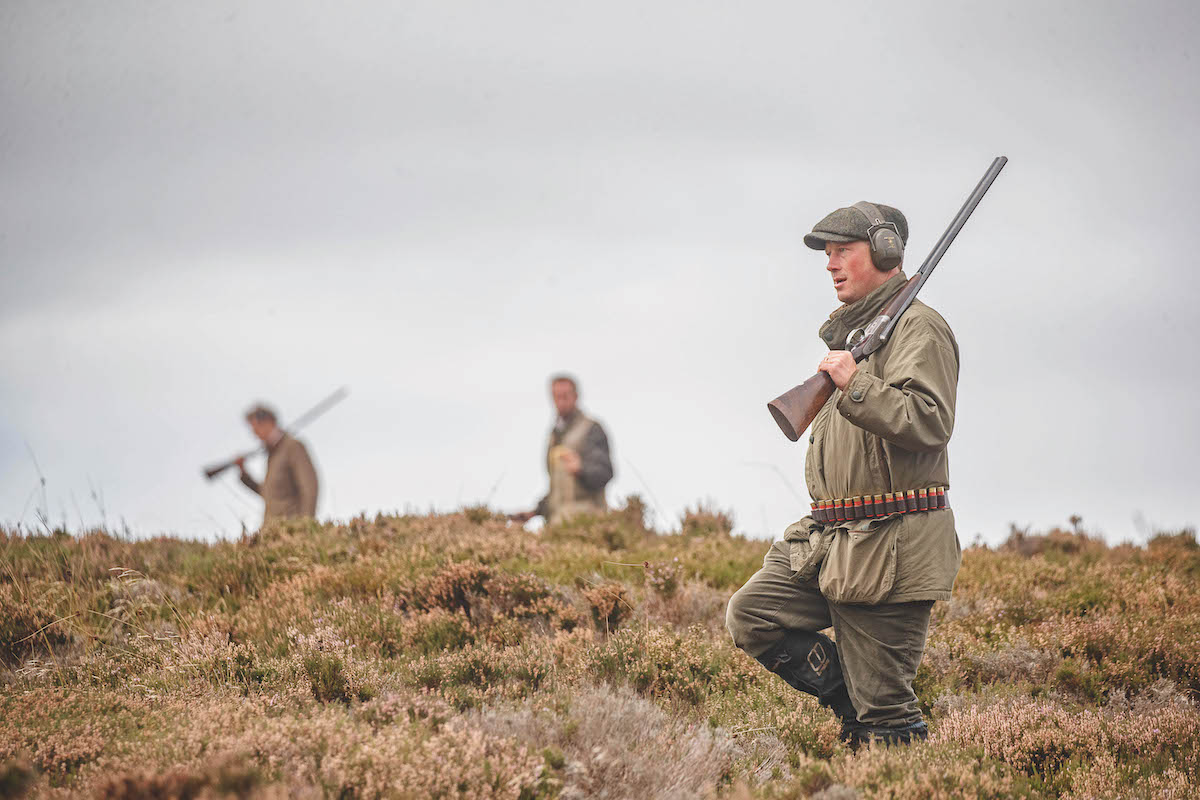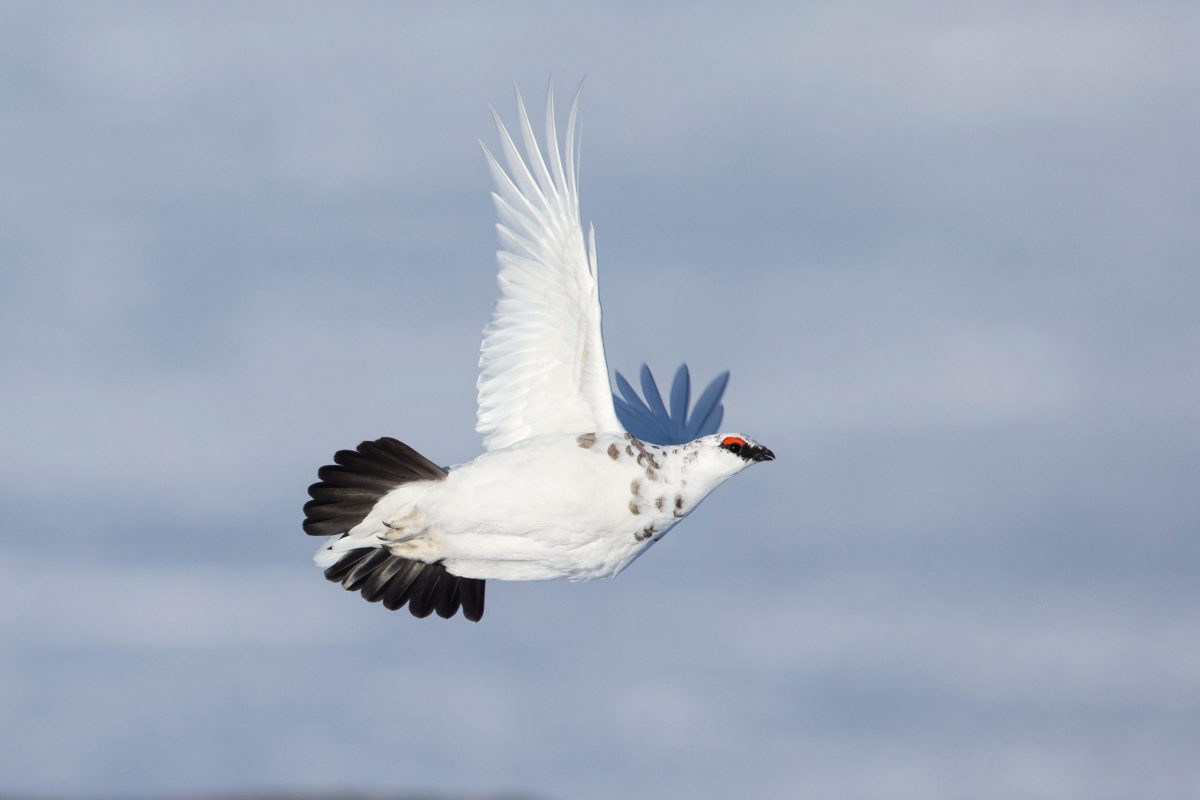Picking up problems on grouse moors
Working on grouse moors is often quite a challenge for dogs and handlers used to pheasants

Working on grouse moors is quite often a challenge for dogs
Some years ago, a pal of mine achieved a lifetime’s ambition: he took his dogs picking up on a grouse moor. His trio of black labradors – a mother and two daughters – were accomplished workers on pheasants and partridges, but until their trip to Scotland had never so much as sniffed a grouse. The moor where they were to pick up was in the Highlands, with all the ground over 2,000ft. There was to be three days of driven shooting, with expected bags of around 40 brace.
It was well into the pheasant season when I came across my friend again, so I asked him how he had got on. “Well,” he replied, frowning slightly, “for a start I hadn’t appreciated quite how long it takes to drive to the Highlands from Sussex, so the trip didn’t get off to a great start. We’d hardly recovered from the journey when we turned up the next morning, at 9am sharp, for the first day. The weather was reasonable, the Guns shot well, but the birds were wary and didn’t really cooperate, so the bag was a disappointing 34 brace.
“Frustratingly, though more than 60 birds may have been shot, my dogs only managed a single retrieve each. Most of the birds were picked by the beaters’ dogs at the end of the drive. They were all experienced dogs and knew exactly what they were after. I was the backstop, to find the birds that dropped a long way back behind the butts. Not many made it that far, so there wasn’t really a lot to do.
“The three we did pick were all satisfying retrieves, but there were a couple more birds that my dogs failed on. I thought that I’d marked them, but the dogs couldn’t make anything of them. I tried initially with one dog, but in the end had all three hunting without success. Picking grouse isn’t easy, especially with dogs that haven’t any experience of them.”
Freezing rain
He continued: “Two days later we shot again on different and higher ground. This time the weather was awful: windy, with frequent squalls of freezing rain. I thought I’d come prepared for bad weather, but this was more than a test of how waterproof my coat was – it was a complete test of endurance, as there’s nowhere to shelter on the hill.
“There were four drives, and I have to admit that it was a great relief when the last one was over. Like the first day, the dogs only had a few retrieves. The highlight was when a golden eagle flew low over me, but otherwise it was a day that was best forgotten.
“After that, the weather got steadily worse, and on the last day the hills were completely shrouded in low cloud and mist, so the shoot was cancelled. I’d like to say that I was disappointed, but in many ways it was quite a relief, especially as my coat had hardly dried out from its soaking two days before. I drove back to Sussex and it was like leaving winter behind and coming back to summer. I’m pleased I had the experience, but it’s not one that I will be in a hurry to repeat.”
My friend’s bad luck with the weather struck a chord with me. Some years ago, I drove from Somerset, where I was on holiday, to a moor north of Loch Ness to join a party grouse-shooting over pointers. It was a 600-mile journey which, with stops, took 15 hours. I arrived to find the hills obscured by low cloud, while rain fell incessantly.
The rain hardly let up over the next 48 hours, and not surprisingly the shoot was cancelled. I did spend a very wet morning on the hill with the dogs (but no Guns), as I was keen to see them in action, especially having driven so far to do so, but it was a fairly disappointing experience altogether.
The lesson to be learned from all this is that if you are poised to head to the hills next week to work your dog or dogs on the grouse, do go prepared. It may be August, but it’s sensible to take the sort of wet-weather gear that, if you live in southern England, you don’t generally get out of the cupboard until December.

Beaters invariably retrieve a lot of birds on the grouse moors, leaving fewer chances for pickers-up
Low birds
And if you are picking up grouse for the first time, be prepared for the fact that it’s nothing at all like pheasant shooting. Low shooting is often the order of the day, for grouse are not natural high fliers. If you are picking up behind the Guns then you will have to keep out of the line of fire, for once the horn is blown to signify that the beaters are in sight, all the shooting is behind the butts, and it can be very low.
This does remind me of another grouse-shooting experience of mine, when I joined a beating team on a Northumberland moor. The team of Guns were all pheasant shooters who had never shot grouse before. On the first drive they didn’t fire a single shot. The keeper was almost speechless, but he did manage to ask them why they hadn’t actually raised their guns. They replied that they thought the birds had all been far too low.








